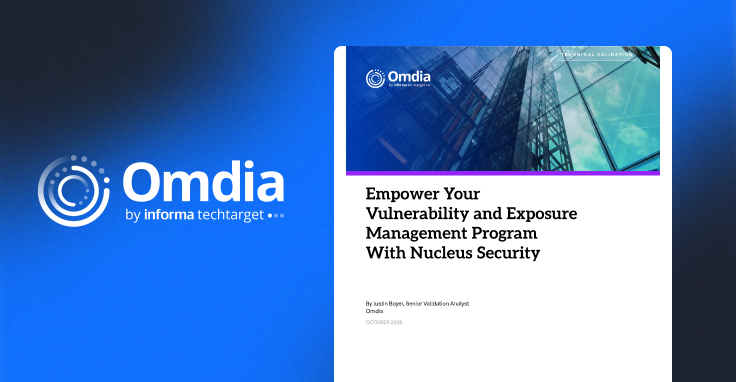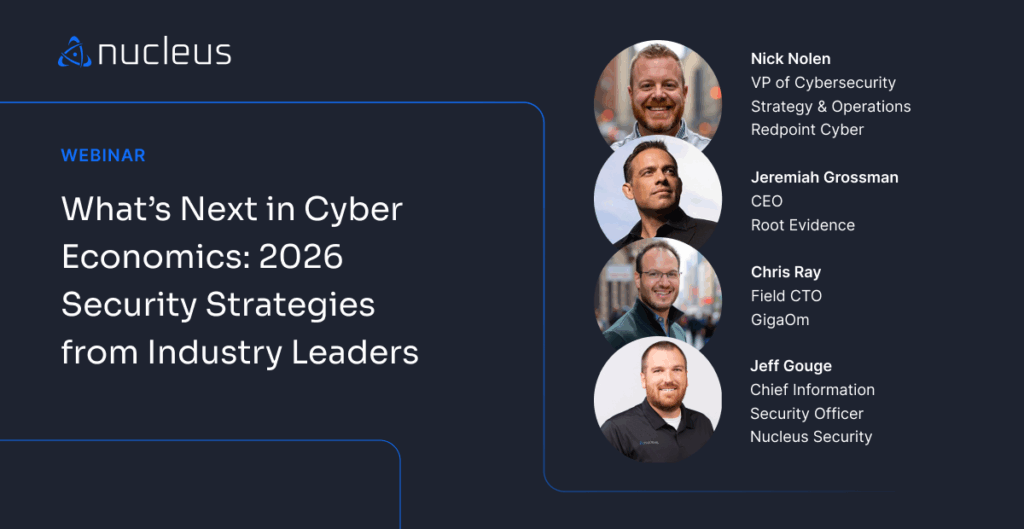How to Operationalize Vulnerability Threat Intelligence
Webinar Summary
- Mandiant’s Unique Approach to Threat Intelligence: Learn how different components of Threat Intelligence are harmoniously utilized to gauge the true impact of vulnerabilities.
- Strategies for Prioritizing Vulnerabilities: Transition from mere patch prioritization to an informed strategy, backed by actionable threat intelligence insights.
- Operationalizing Threat Intelligence: Discover real-world techniques, using tools like Splunk and Chronicle paired with Nucleus data, to provide context and power to your security operations centers.
- Rapid Response Protocols for Zero-Day Threats: Equip yourself with knowledge to preemptively tackle zero-day vulnerabilities and other imminent cyber threats.
By the end of our session, participants will gain a comprehensive understanding of how to weave vulnerability threat intelligence into their cyber defense strategies, coupled with actionable insights to stay ahead of threats.
See Nucleus in Action
Discover how unified, risk-based automation can transform your vulnerability management.






























